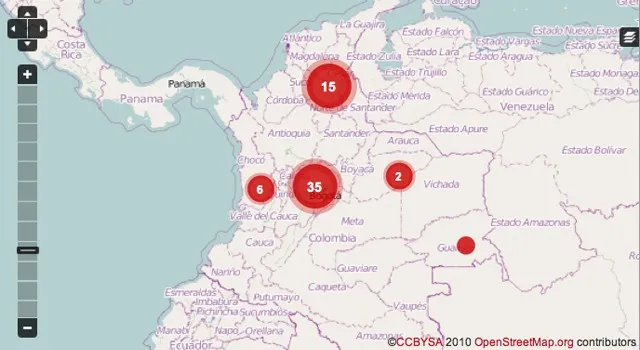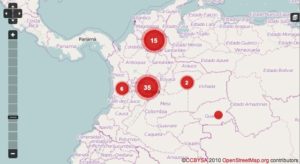
Open and Closed Source, who wins the race?
 Folks, I guess it is time, we put this into perspective, open and closed source who is gonna win? Let’s hear your views before make mine, for now I reserve my comments 🙂
Folks, I guess it is time, we put this into perspective, open and closed source who is gonna win? Let’s hear your views before make mine, for now I reserve my comments 🙂
From this single perspective of Roger Magoulas, Open Source Won, Coutesy of O’Reilly Radar.
I heard the comments a few times at the 14th OSCON: The conference has lost its edge. The comments resonated with my own experience — a shift in demeanor, a more purposeful, optimistic attitude, less itching for a fight. Yes, the conference has lost its edge, it doesn’t need one anymore.
Open source won. It’s not that an enemy has been vanquished or that proprietary software is dead, there’s not much regarding adopting open source to argue about anymore. After more than a decade of the low-cost, lean startup culture successfully developing on open source tools, it’s clearly a legitimate, mainstream option for technology tools and innovation.
And open source is not just for hackers and startups. A new class of innovative, widely adopted technologies has emerged from the open source culture of collaboration and sharing — turning the old model of replicating proprietary software as open source projects on its head. Think Git,D3, Storm, Node.js, Rails, Mongo, Mesos or Spark.
We see more enterprise and government folks intermingling with the stalwart open source crowd who have been attending OSCON for years. And, these large organizations are actively adopting many of the open source technologies we track, e.g., web development frameworks, programming languages, content management, data management and analysis tools.
We hear fewer concerns about support or needing geek-level technical competency to get started with open source. In the Small and Medium Business (SMB) market we see mass adoption of open source for content management and ecommerce applications — even for self-identified technology newbies.
MySQL appears as popular as ever and remains open source after three years of Oracle control and Microsoft is pushing open source JavaScript as a key part of its web development environment and more explicit support for other open source languages. Oracle and Microsoft are not likely to radically change their business models, but their recent efforts show that open source can work in many business contexts.
Even more telling:
- With so much of the consumer web undergirded with open source infrastructure, open source permeates most interactions on the web.
- The massive, $100 million, GitHub investment validates the open collaboration model and culture — forking becomes normal.
What does winning look like? Open source is mainstream and a new norm — for startups, small business, the enterprise and government. Innovative open source technologies creating new business sectors and ecosystems (e.g., the distribution options, tools and services companies building around Hadoop). And what’s most exciting is the notion that the collaborative, sharing culture that permeates the open source community spreads to the enterprise and government with the same impact on innovation and productivity.
So, thanks to all of you who made the open source community a sustainable movement, the ones who were there when … and all the new folks embracing the culture. I can’t wait to see the new technologies, business sectors and opportunities you create.








